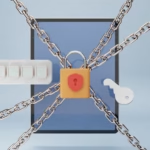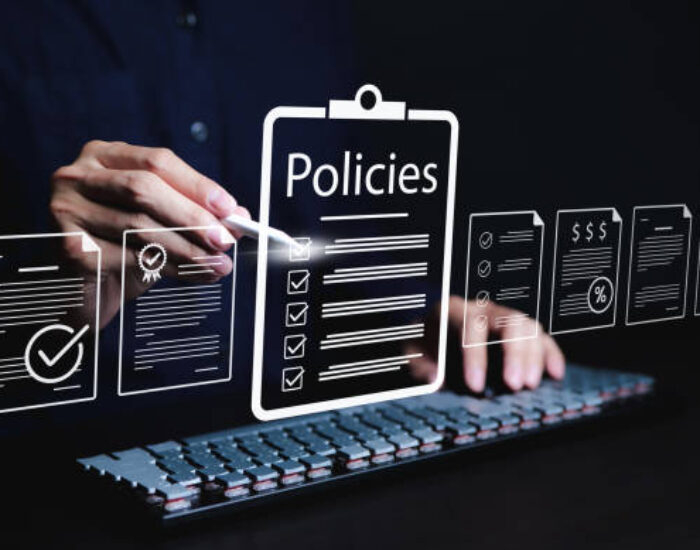Cyber Hygiene Checklist: Simple Steps to Stay Secure Online

In today’s hyper-connected world, cybersecurity isn’t just an IT issue—it’s everyone’s responsibility. Whether you’re a small business owner, freelancer, or employee, maintaining strong cyber hygiene is your first defense against threats like phishing, ransomware, and data breaches.
This blog post offers a simple, actionable cyber hygiene checklist to help you secure your digital presence and avoid costly mistakes.
Cyber Hygiene Checklist: 12 Essential Steps
1. Use Strong, Unique Passwords
- Avoid reusing passwords across accounts.
- Use a mix of uppercase, lowercase, numbers, and symbols.
- Consider using a password manager like LastPass or 1Password.
2. Enable Two-Factor Authentication (2FA)
- Add an extra layer of security to logins.
- Use authenticator apps (e.g., Google Authenticator) over SMS.
3. Keep Software and Systems Updated
- Regularly update operating systems, browsers, antivirus, and applications.
- Enable automatic updates wherever possible.
4. Install and Maintain Antivirus/Anti-Malware Software
- Use trusted cybersecurity tools to scan for and block threats.
- Schedule regular system scans.
5. Limit Admin Privileges
- Only IT or trusted users should have administrative access.
- Reduce the risk of accidental or malicious changes.
6. Regularly Back Up Your Data
- Use secure cloud storage or external hard drives.
- Automate backups and test recovery processes.
7. Beware of Phishing Emails
- Don’t click links or download attachments from unknown sources.
- Check email addresses and URLs for suspicious signs.
8. Secure Your Wi-Fi Network
- Use strong encryption (WPA3 or WPA2).
- Change default router passwords and hide your SSID.
9. Avoid Public Wi-Fi Without a VPN
- Use a VPN (Virtual Private Network) when accessing sensitive data outside your office.
10. Dispose of Data and Devices Securely
- Use secure erase tools before disposing of old hardware.
- Shred documents with sensitive information.
11. Educate Your Employees
- Conduct regular cybersecurity training.
- Simulate phishing tests to build awareness.
12. Create a Cyber Incident Response Plan
- Know what steps to take during a data breach or cyberattack.
- Assign roles and responsibilities ahead of time.
Why Cyber Hygiene Matters for Small Businesses
Small businesses are prime targets for cybercriminals due to limited security resources. By following this checklist, you can:
- Reduce the risk of ransomware attacks.
- Protect customer data and maintain trust.
- Avoid costly downtime and regulatory fines.
Cybersecurity doesn’t have to be expensive or complicated—it starts with good habits.
Final Thoughts
Cyber hygiene is like personal hygiene—a daily routine that protects you from invisible threats. Start small, stay consistent, and build a security-first culture in your workplace.




